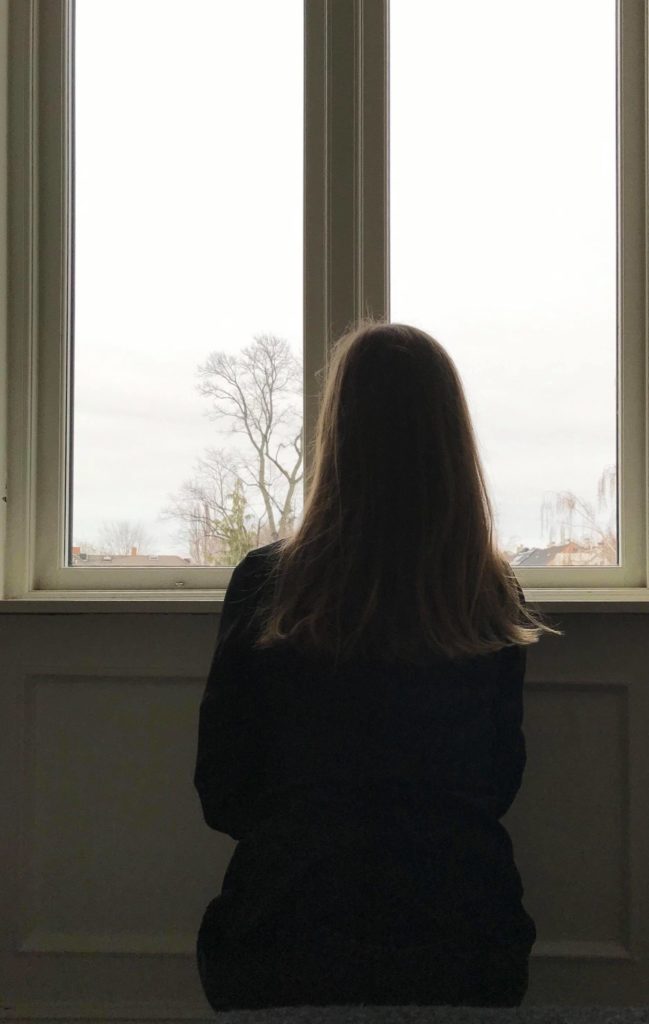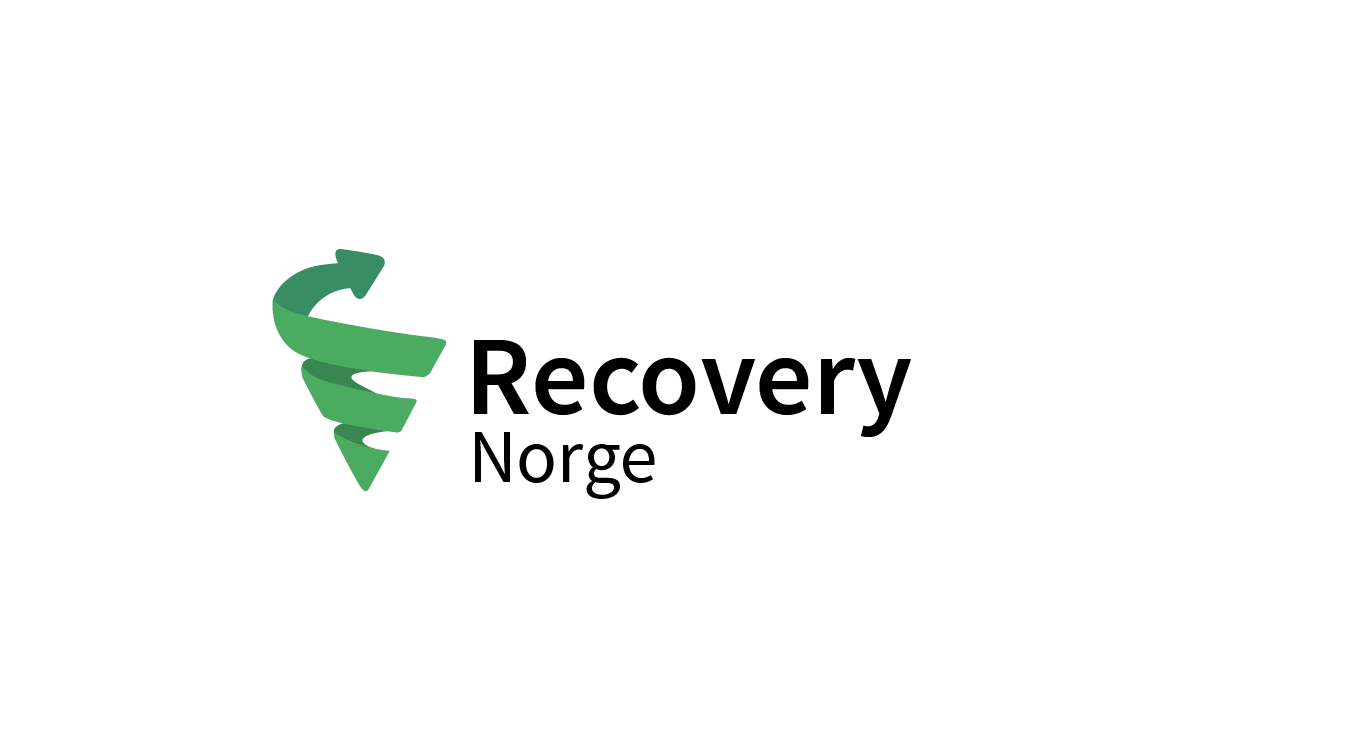Author: Woman in her 30s
To begin with I was sure this would pass, that all I had to do was get more rest, and keep my training sessions less strenuous for a while. But it was not that easy. The unpleasant sensation after physical exercise persisted, even when I had hardly exerted myself at all. In the end, I gave up training altogether.
The unpleasant sensation after physical exercise persisted, even when I had hardly exerted myself at all
I went to see my GP who took blood samples, but nothing detected. I was sent back home, and told I was fit. Gradually, though, the symptoms that at first had appeared only after physical exercise, now began to seep into my daily life.

Reading about ME was scary
Fairly soon I came across descriptions of ME on various health information websites, and it was far from encouraging. Even though I realised I would probably not be formally diagnosed with it, as my level of functioning had not been reduced by 50 % (although getting very close in periods), I did recognise many of the symptoms. And the things I read, for example on the ME association site, made me feel terrified that I would never get well again, and that my symptoms would just go from bad to worse if I was not careful enough.
And the things I read, for example on the ME association site, made me feel terrified
The years passed by and I did not improve. The symptoms would vary from day to day in an unpredictable pattern, but they were always lurking in the background. There were periods where I was unable to do much other than work and a bit of socialising at the weekends. The symptoms frequently made me feel stressed out and worried, as I saw them as a sign that there was something wrong with me physically. They would also make me feel depressed if I had to cancel or decline events that I would actually love to attend, but thought the better of for fear of getting worse.
No faith in mental techniques
In due course I came across anecdotal stories on the internet about people who had recovered, but I found it hard to relate to them. Especially with respect to stories about people who had applied mental techniques and seen rapid recovery, because in my mind there was no way this fatigue, which felt so different to any normal type of tiredness, could be connected somehow to the way I thought or felt. Because I was not depressed, I meditated on a regular basis and I did not consider myself particularly stressed out.
There was no way this fatigue, which felt so different to any normal type of tiredness, could be connected somehow to the way I thought
Luckily, I came across a book written by Live Landmark and was curious enough to read it. For the first time in as long as I can remember I felt a rush of hope. If someone who had been THAT ill for SUCH a long time could become well again by going through a mental training program, why shouldn’t this work for me, too? I realised that the brain could get stuck in ‘patterns of exhaustion’ in a reinforcing loop, just as I had learned at work could happen to pain.
The turning point
A few months after reading the book, I realised I would need support, inspiration and tips for how to turn this understanding into practice. I decided to go for it and booked a course in the Lightening Process with Live Landmark. This became my turning point.
I realised that the brain could get stuck in ‘patterns of exhaustion’ in a reinforcing loop, just as I had learned at work could happen to pain
In a clear, easy-to-grasp manner, Live explained how I subconsciously nurtured my symptoms, by being constantly aware of them, and reacting to them with negative emotional stressors such as worry, despondency, irritation, etc. My symptoms were real, but they were ‘created and interpreted’ by the central nervous system, i.e. the brain.
The good thing about the brain is its capacity for learning, and the course taught us how to train our brains to shift our attention away from symptoms and negative stress over to language and physical states associated with joy, hope, calm, energy, etc. This not only caused the symptoms to gradually fade away, but also made the fear of symptoms drop dramatically and let the hope of getting better flourish. Finally, I knew for certain that I could take charge of my symptoms and recovery.
Live’s manner of communication during the course was humorous and inspirational, which in itself provided positive associations to the ensuing efforts of mentally training myself out of the fatigue. An added value of the course was meeting other people with similar problems and seeing the positive effects the course had on their symptoms and life quality.
Quality of life
To this day I could not be happier that I took the chance and signed up for this course. My quality of life is considerably better, I run, dance and do yoga, and have so much more energy to go out and see friends and family. Not least, every day is filled with so much more positive feelings than before. Looking back, I think my fatigue was triggered by a severe infection I had shortly before the onset of my symptoms, in combination with my personal traits of vulnerability and tendency to worry and focus on negative emotional stress, which probably took its toll on me over time. Although I could have done without my period of illness, I feel that I have come out on the other side with a better quality of life than I would have had otherwise.
This story is told by a woman in her thirties, a member of Recovery Norway who wishes to remain anonymous for personal reasons. The photo is real.
